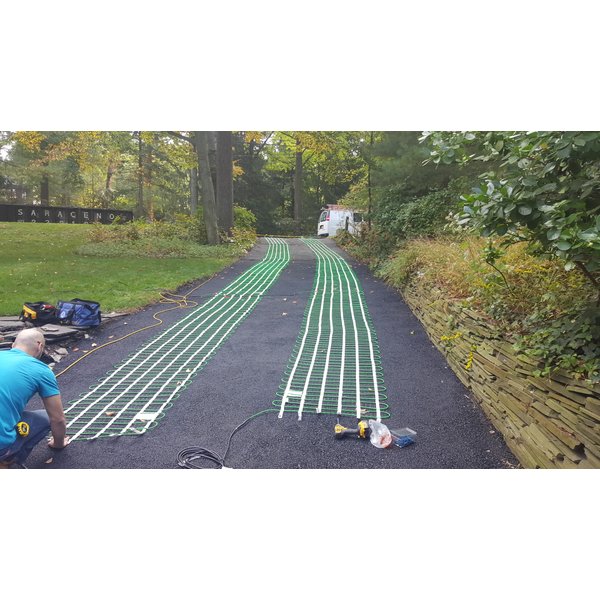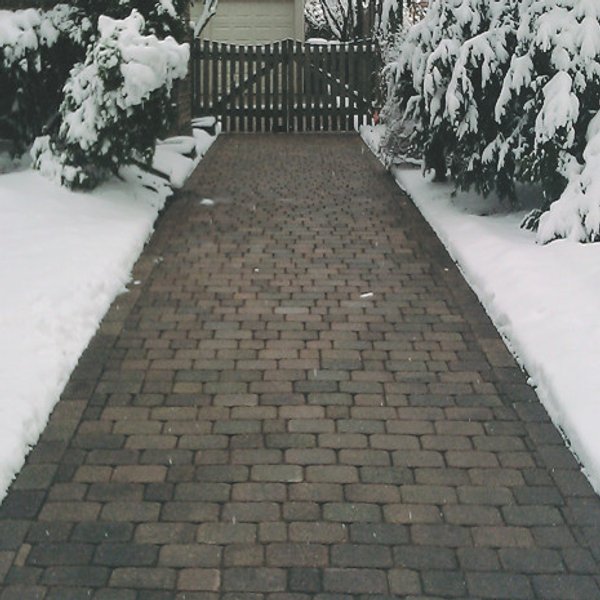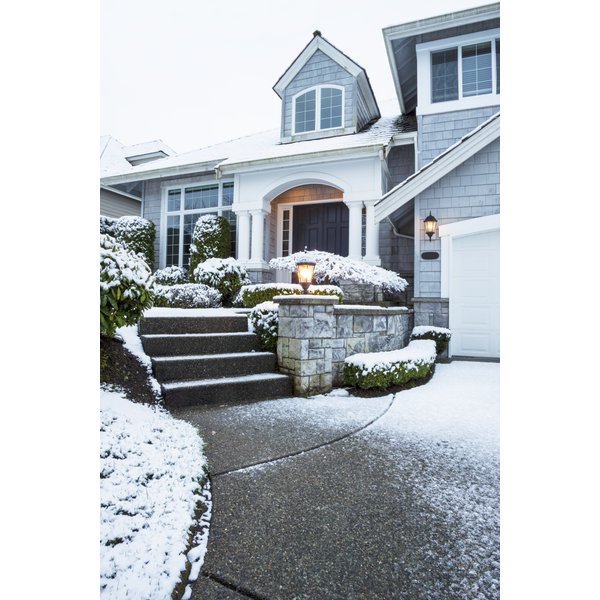
In This Article
Falling snow is beautiful; but when it’s over, it leaves you with quite a bit to clean up. You could spend hours shoveling it off your driveway and walkway. And depending on where you live, you could be doing this a few times a month — or even a week! It only takes one good snowfall to start considering alternatives. You could buy a snow plow or hire a plowing service — or you could invest in a snow melting system that would remove the snow as it’s falling, eliminating the need to ever shovel or plow again!
As more and more homeowners learn about the benefits of a snow melting system, they become enlightened about how it works to melt snow and ice and how much it costs. Below are five things that most homeowners don’t know about a heating system.
1. It’s affordable.

If you have a long, double-wide driveway, you might think it’ll cost you an arm and a leg to install a snow melt system under your driveway. After all, the greater the square footage, the greater the cost. However, many people don’t know that you can save money by only heating the tire tracks. For instance, it would cost you less than $1,500 to heat the tire tracks of a 20- by 40-foot driveway.
To find out how much it would cost to heat your driveway or walkway, check out WarmlyYours’s Instant Quote tool.
2. It doesn’t leave behind water or ice.
We all know that when snow melts, you get water, which turns into ice if the temperature is low enough. So if you’re employing a snow melting system under your driveway, you might think you’d end up with a driveway full of water or ice. However, it’s quite the opposite. As long as your driveway was installed correctly, its surface will be clean and dry once the snow melting system’s heating cycle is complete. Say goodbye to black ice!
3. It operates under a variety of different surfaces.
A WarmlyYours electric snow melting system can be installed under asphalt, concrete or pavers. Homeowners who are more familiar with hydronic systems might think that they can’t heat their asphalt driveway because the heating element would melt as soon as it’s surrounded by hot asphalt. Hydronic tubing is susceptible to melting because of the high temperature of the asphalt; however, electric systems do not share this limitation. They are encased in a protective layer that allows them to be embedded in asphalt without melting.
Additionally, homeowners with paver driveways might not realize that a snow melting system is an option for them. WarmlyYours’s snow melting systems work well under asphalt, concrete and pavers!

4. It doesn’t demand a ton of power.
If you have a large driveway, you probably think that adding an electric snow melting system would require you to get a whole new circuit panel. However, WarmlyYours introduced a new control that allows you to avoid just that. By breaking the driveway into zones, the ZoneBraker Multi-Zone control heats one section of the driveway at a time, thereby eliminating the need to upgrade your power supply.
5. It makes your life easier.
A snow melting system is a practical solution to a labor-intensive and potentially dangerous situation — shoveling snow puts a lot of stress on your body! However, like anything, it has its limitations. For instance, you shouldn’t install a snow melting system under your patio with the hopes of gaining “comfort warmth” year-round. In other words, a snow melting system will do its job in keeping your patio clear and dry, but it won’t emit enough heat to produce a comfortable space for you to lounge or entertain in while it’s cold outside. It can warm the patio surface but not the air above it.

Additionally, if the outside temperature gets below 17 degrees Fahrenheit, some of the snow melting controls that WarmlyYours carries have an optional setting that will disable the system. If it is extremely cold outside, this optional setting keeps the system from running constantly, saving electricity.
However, according to the National Snow & Ice Data Center, the heaviest snowfalls typically occur when the temperature is between 15 and 32 degrees because snow requires some moisture in the air to form.
Now that you’ve learned some new things about snow melting systems, you can consider getting one for your home! To see what’s available and to get a quote, just visit www.warmlyyours.com. The spring is the best time to install a snow melting system, so why wait?
Have Questions About Your Project?
Our team of Radiant Experts is ready to help!
Stay Updated
Get the latest radiant heating news and tips delivered to your inbox.
